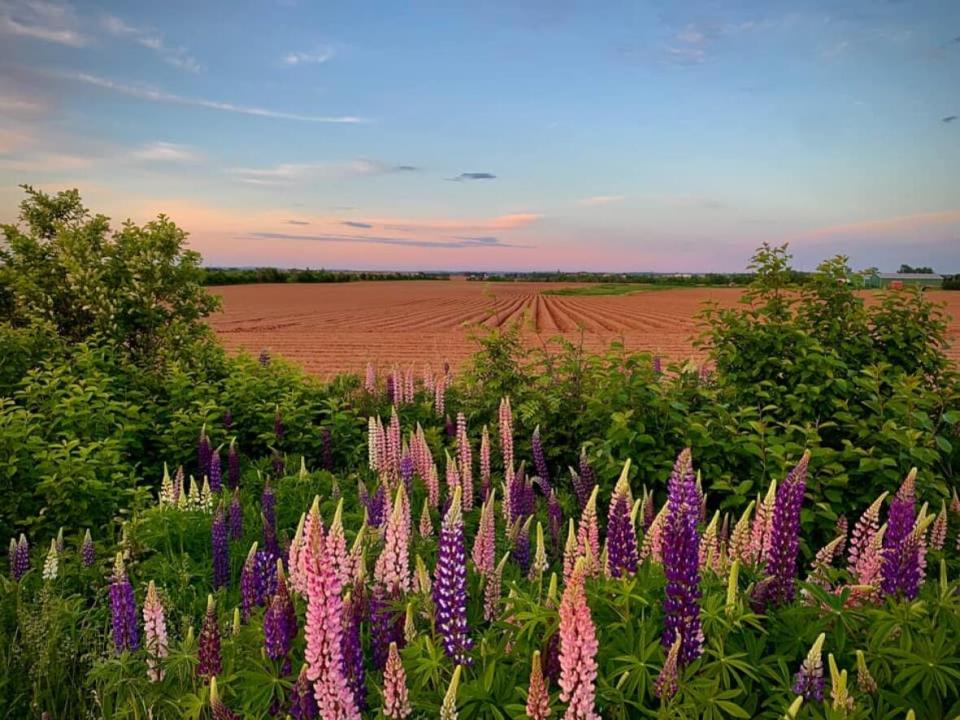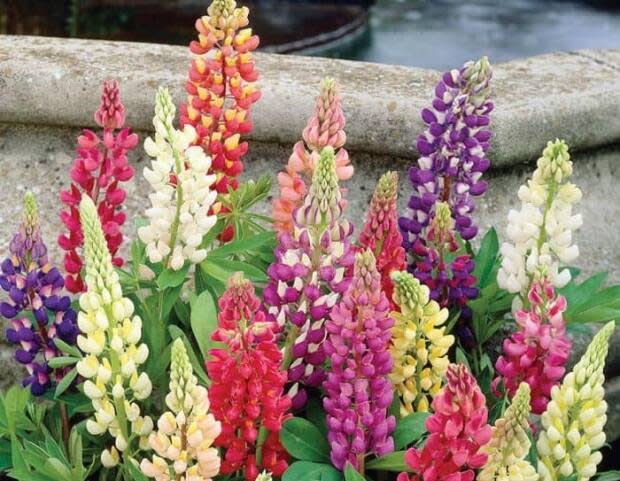Did you know P.E.I.'s famed lupins were actually imported?

It's lupin season on P.E.I., and that means ditches and roadsides are overflowing with the perennial purple, pink and white flowers — and with photographers trying to capture that perfect snap.
But are you ready for a shocker? Lupins are not actually native to Prince Edward Island. That's right, they were imported.
"They made their way here probably in the early 1900s as a garden plant," P.E.I. natural historian Kate MacQuarrie told Island Morning's Laura Chapin.
MacQuarrie says the lupins found on P.E.I. are native to North America's west coast, and believes they were likely brought from there by settlers for their gardens.
"Some of the first records we have on lupins on P.E.I. were actually from cemeteries, so people planting them on graves," she says, noting those early records date back to 1905.

How did lupins spread all over, from tip to tip of the Island?
"Some of that spread would have been natural, for sure," says MacQuarrie. "But they were definitely helped by people. I remember even growing up here on P.E.I. in the 1980s it was a fairly popular thing to scatter lupin seeds, and I understand even the Women's Institute had a campaign to beautify the Island roadsides with lupins."
Tips for establishing
Have you tried scattering lupin seeds but haven't had any luck with germination? MacQuarrie has some tips.
Gather them in late fall when dried — you'll hear the seeds rattling around in the pods.
Put them in the freezer over winter to mimic nature then plant in spring.
Soak them in water for a day or so to soften their tough seed coat.
Put them in contact with soil instead of just tossing on top of vegetation.
Lupins are already so widespread across the Island, MacQuarrie says it's too late to worry about spreading an invasive species.
"If you enjoy them and you like them in your garden or your front ditch, go for it," she says.

The plants can be toxic to livestock and pets, however, so MacQuarrie advises against planting them where they might creep into a grazing pasture or field of hay. Bouquets in your house should be kept away from pets.
Keep the flowers out of reach of little kids too, she says.
"They're not highly toxic, you know it wouldn't be a panic situation, but you don't want to encourage it," she says.

While lupins are a type of pea and some types of lupins are bred to be edible, the ones that grow wild in the ditch are not.
If you want different colours than the ubiquitous pink, purple or white found in P.E.I. ditches, you can buy lupins in a rainbow of colours from local seed distributors.
'We think it looks great'
Vesey's Seeds in York says lupin seeds are popular with Islanders in the spring, and then later in the summer with tourists.

The company sells several thousand packages of hybrid lupin seeds annually. It also does custom seed packaging with personalized messages for occasions such as weddings or anniversaries, and along with sunflowers, lupins are the most popular choice.
"In July and August when tourists that maybe were here in June and saw them and found out what they were, they contact us when they get back home again," John Barrett with Vesey's told CBC Radio's Angela Walker.
Bees and hummingbirds love lupins, he says, which is one of the reasons they spread so fast: they're being cross-pollinated.
Barrett says in New Zealand, lupins are considered invasive and there are efforts to get rid of them.
"For us, we think it looks great, but if you're trying to grow something else, it might not be so interesting to you," he said.

 Yahoo Movies
Yahoo Movies 